Editorials
The Evolution of Female Cannibals in Horror Films and TV

[This article contains spoilers]
Prior to the disestablishment of the Hays’ Code, filmmakers had to make depictions of cannibalism more palatable, diluting the depravity of the act with humor by concealing body parts in pies. Cannibal horror didn’t truly emerge as a subgenre until 1972’s Man From The Deep River drew controversy and intrigue alike. This film jumpstarted the trend of cannibal films centering on your so-called “civilized man” venturing into desolate, often foreign landscapes, only to be cannibalized by the natives. Modern cannibal media has pushed beyond this cliché narrative, depicting sophisticated cannibals that cook their food like fine dining or turn the horror of the act into something frighteningly sexy. But the kinds of cannibalism we see in film differs significantly depending on the cannibal’s sex.
Evolution of Cannibalism in Horror Media
From Grotesque to Sophisticated Cannibals
Cannibalism media used to be a genre divided into extremes. Your cannibal either had a grotesque, animalistic habit like Leatherface or a deviously delicious and sophisticated palate like Hannibal Lecter; however, as we’ve entered the 21st century, this binary has become more of a spectrum. Audiences don’t want to watch the same reveals of flesh furniture or dinner parties that serve human flesh to unknowing guests. They want cannibalism as metaphors, cannibalism as erotic fixation, and even cannibalism as a connection to the supernatural.
Male Cannibals: Power and Brutality
Be it Hannibal Lecter, Alfred Packer, or a member of the Sawyer family, the first cannibal you think of is likely a man. While most cannibal media has departed from stereotypical portrayals of cannibalism as indicative of some non-Christian barbarity, sterilized, almost surgical cannibalism has become more common but not the norm. Wes Craven’s The Hills Have Eyes (1977) present cannibals as inbred savages, trapping and tearing apart whoever comes across their path, yet films like Antonia Bird’s Ravenous (1999) and Jonathan Demme’s The Silence of the Lambs (1991) portray cannibals as calculated, intelligent, and capable of seizing power despite their brutal actions. The sheer number of cannibal films centering male cannibals has allowed more opportunity to test the boundaries of the genre, but that doesn’t mean we should discount the more recent wave of female-centered cannibal movies.

Rise of Female Cannibals in Modern Media
Female Cannibals in Yellowjackets
Female cannibalism is just now hitting the mainstream as Yellowjackets (2021-present) captivates its audience as it tells the story of what happened to a girls’ soccer team lost in the wilderness. However, while Yellowjackets lets its female protagonists be ravenous and brutal, female cannibals in film are often portrayed as sympathetic and less monstrous than their male counterparts.
Sympathetic Portrayals in The Hills Have Eyes

Cannibalism as Metaphor in 21st-Century Film
Raw: Cannibalism and Sexual Awakening
As we enter the 21st century, cannibalism in literature and film has evolved, often being a stand-in for sex as a character consumes the flesh of another to satisfy a deep, carnal appetite. Julia Ducournau’s Raw (2016) tells the story of a first-year veterinary student and long-time vegetarian Justine (Garance Marillier), who finds herself with an insatiable hunger for meat after a hazing incident gone wrong.
As she navigates the sexual and ritualistic traditions of the program, Justine often finds her new cravings for flesh, coinciding with sexual pleasure as she attempts to consume her sexual partners. The version of cannibalism created by Raw is sympathetic, humanizing Justine by creating parallels between an obscene act and one that is normalized and commonplace in our society.
Jennifer’s Body: Cannibalism as Revenge
Karyn Kusama’s Jennifer’s Body (2009) takes a supernatural approach, recounting the tragic story of Jennifer (Megan Fox), a teen girl who is sacrificed to a demonic entity only to be resurrected as a man-hungry succubus. When Jennifer rises from the dead, her acts of cannibalism invert the power dynamic imposed on her human body earlier in the film when a band drugs and sacrifices her body to gain a deal with a demonic entity.
Jennifer then seeks revenge on the male sex, consuming them in ways that are just as destructive as the way they imposed themselves upon her. Her cannibalism is an inversion of the violence she suffered as the band overpowered, bound, and sacrificed her to reach musical fame.

Exploring Cannibalism in Yellowjackets
Season 1: Power Dynamics and Survival
As Yellowjackets has completed its third season, the show has attempted to explore cannibalism in relation to queerness, psychology, and pack dynamics. In the show’s first season, we see the formation and shifting of power dynamics within the social structure of the girls’ soccer team, as captain Jackie (Ella Purnell) finds herself ousted from the group’s cabin by Shauna (Sophie Nélisse), resulting in her death. As the Yellowjackets begin to starve, cannibalism is thrust upon them as Jackie’s corpse becomes engulfed in flames, breaking the animal part of the teams’ brains and causing them to feast on their teammates’ flesh. After this shocking finale, the group finds themselves at a crossroads, having to choose their humanity or their survival, with most choosing the latter.
However, Assistant Coach Ben (Steven Krueger) refuses the ritual consumption of Jackie’s flesh, putting him at odds against Shauna and the other Yellowjackets. In this case, cannibalism becomes a rite of passage, drawing a line between those who are willing to survive by any means necessary and those who would rather die than commit such an act.
Seasons 2 and 3: Guilt and Pack Dynamics
In some ways, the consumption of Jackie serves as a means of keeping her at the forefront of Shauna’s attention, her guilt corrupting and turning her into a more cruel, violent version of herself to align with how she is portrayed in the show’s adult timeline. In some ways, this psychological effect of cannibalism mirrors that seen by more sophisticated cannibals such as Hannibal Lecter in the TV series Hannibal.
While Shauna isolates, the group finds themselves battling with the nature of their survival, with the other girls conspiring to create a method for fairly determining who they’ll have to cannibalize next. The group settles on a game of cards, where one unlikely drawer will be hunted for sport by the group, either ending up the groups’ next meal or successfully escaping into the freezing wilderness.
This kind of organized game displays a unique example in the context of female cannibalism, marrying the more cerebral decision-making seen in other female cannibals with the pack dynamics seen in movies like Texas Chain Saw Massacre.
Queerness and Cannibalism in Season 3
As Van struggles with a cancer battle, Taissa finds her mind drawn back to the wilderness, wondering if a sacrifice of blood is what is needed to prevent the nebulous entity known as the Wilderness from claiming Van’s life; however, while this theory proves at least somewhat correct, Van dies by another Yellowjackets’ hand, but the grief-stricken Taissa performs one last sickening act, consuming one of Van’s raw organs in almost a means to remain ever close with her now lost love.
Redefining Female Cannibals in Horror
Justified Violence and Human Complexity
Female cannibals in film are often justified in their violence, slicked in gore, but excused of the filth of the act. They don’t often get to keep heads on plates in their freezers or wear a necklace of their victims’ ears. The brutality of their acts can’t be reduced to shock value, because these films acknowledge that there is a human component to their violence. They aren’t animals reduced to eating human flesh for the sake of it. They make the decision to do so.
While there aren’t many female cannibals that lean into the filth of the act, maybe it is better that way. This archetype of a disgusting, subhuman cannibal who savors the act and displays heads on sticks is one based in historical assumptions of what it meant to be a cannibal. There is a racial component to attributing cannibalism to a foreign savagery, contradictory to the fact that many classic cannibal movies like The Hills Have Eyes are based on American or European accounts of cannibalism. Reducing cannibals to caricatures turns them trope-y and repetitive.
Modern cannibal stories, especially those centering on female characters, push the boundaries of the genre. Cannibalism can also be a trauma response, a devastating outcome to an unfortunate circumstance, or something that empowers and flips power structures. While the cannibal subgenre may be looked down upon due to its history, modern filmmakers continue proving that cannibalism isn’t as simple as eating human flesh.
Editorials
Is ‘Scream 2’ Still the Worst of the Series?
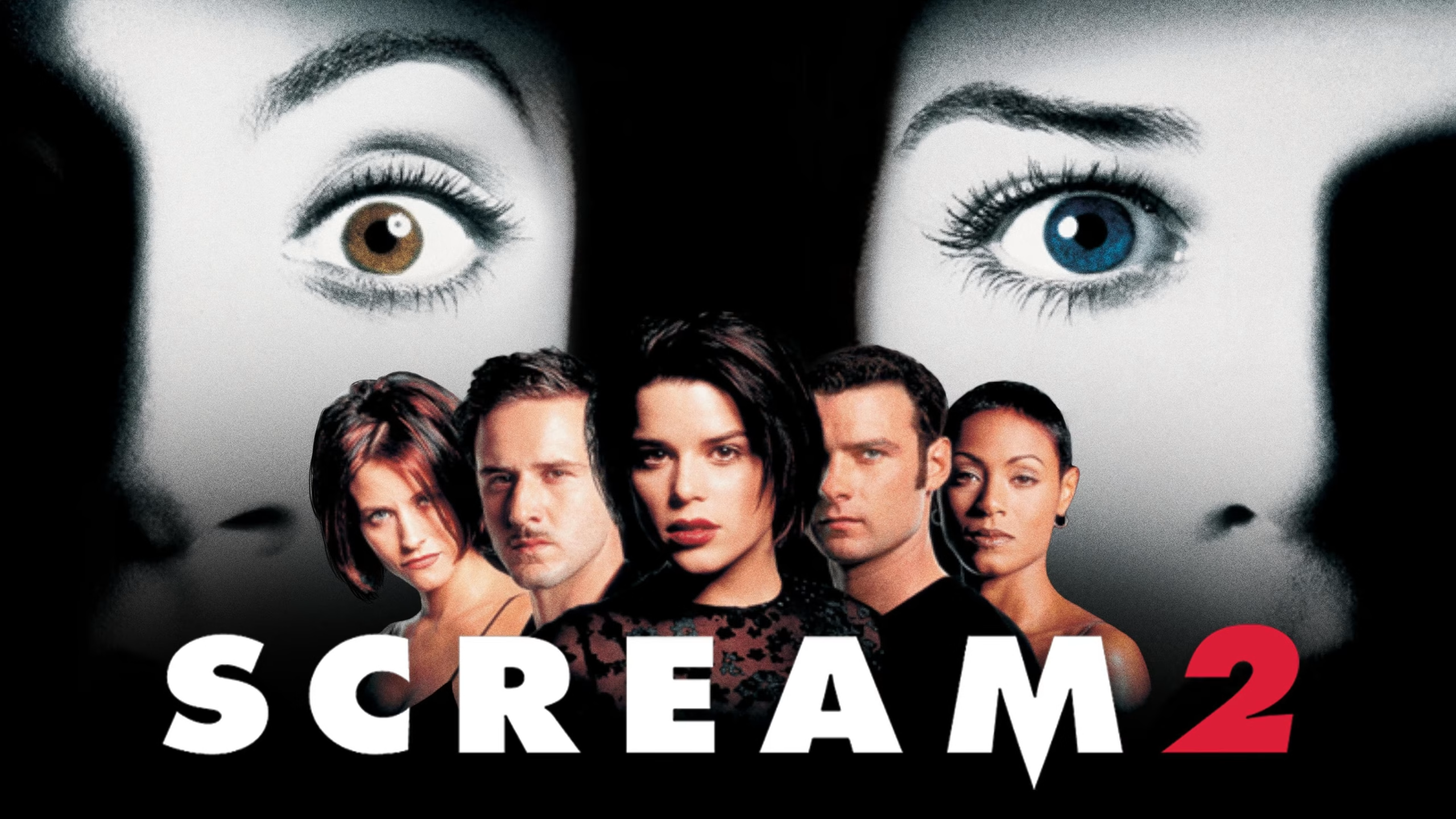
There are only so many times I can get away with burying the lede with an editorial headline before someone throws a rock at me. It may or may not be justified when they do. This article is not an attempt at ragebaiting Scream fans, I promise. Neither was my Scream 3 article, which I’m still completely right about.
I do firmly believe that Scream 2 is, at the very least, the last Scream film I’d want to watch. But what was initially just me complaining about a film that I disregard as the weakest entry in its series has since developed into trying to address what it does right. You’ve heard of the expression “jack of all trades, master of none”, and to me Scream 2 really was the jack of all trades of the franchise for the longest time.
It technically has everything a Scream movie needs. Its opening is great, but it’s not the best of them by a long shot. Its killers are unexpected, but not particularly interesting, feeling flat and one-dimensional compared to the others. It has kills, but only a few of them are particularly shocking or well executed. It pokes fun at the genre but doesn’t say anything particularly bold in terms of commentary. Having everything a Scream movie needs is the bare minimum to me.
But the question is, what does Scream 2 do best exactly? Finding that answer involves highlighting what each of the other sequels are great at, and trying to pick out what Scream 2 has that the others don’t.

Scream 3 Is the Big Finale That Utilizes Its Setting Perfectly
Scream as a series handily dodges the trap most horror franchises fall into: rehashing and retreading the same territory over and over. That’s because every one of its films are in essence trying to do something a little different and a little bolder.
Scream 3 is especially bold because it was conceived, written, and executed as the final installment in the Scream series. And it does that incredibly well. Taking the action away from a locale similar to Woodsboro, Scream 3 tosses our characters into the frying pan of a Hollywood film production. Despite its notorious number of rewrites and script changes (one of which resulted in our first solo Ghostface), it still manages to be a perfect culmination of Sidney Prescott’s story.
I won’t repeat myself too much (go read my previous article on the subject), but 3 is often maligned for as good a film as it turned out to be. And for all of its clunkier reveals, and its ghost mom antics, it understands how to utilize its setting and send its characters off into the sunset right.
Scream 4’s Meta Commentary Wakes Scream from a Deep Sleep
As Wes Craven’s final film, Scream 4 has a very special place in the franchise. It was and still is largely adored for bringing back the franchise from a deep 11-year sleep. With one of the craziest openings in any horror film, let alone a Scream film, it sets the tone for a bombastic return and pays off in spades with the journey it takes us on.
Its primary Ghostface Jill Roberts is a fan favorite, and for some people, she is the best to ever wear the mask. Its script is the source of many memorable moments, not the least of which is Kirby’s iconic rapid-fire response to the horror remakes question. And most importantly, it makes a bold and surprisingly effective return for our main trio of Sidney, Dewey, and Gale, whose return didn’t feel trite or hammy when they ended up coming back to Woodsboro for more.
Craven’s work on 4 truly understands the power its predecessors had exerted on the horror genre, both irreverent in its metacommentary and celebratory of the Scream series as a whole. The film is less of a love letter to the genre and more of a kicking down of the door to remind people what Scream is about. 4’s story re-established that Scream isn’t going away, no matter how long it takes for another film, and no matter how many franchises try to take its place.
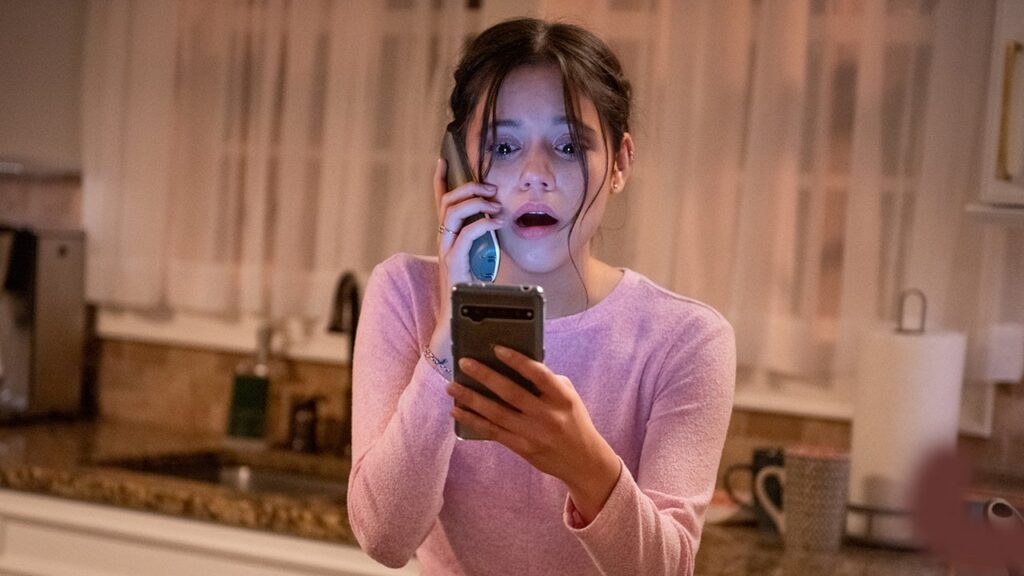
Scream 5 & 6 Is Radio Silence’s Brutal and Bloody Attitude Era
Put simply, Scream 5 and 6’s strong suit was not its characters. It was not its clever writing. The Radio Silence duology in the Scream series excelled in one thing: beating the hell out of its characters.
Wrestling fans (of which there is an unsurprising amount of crossover with horror fans) will know why I call it the Attitude Era. Just like WWE’s most infamous stretch of history, Radio Silence brought something especially aggressive to their entries. And it’s because these films were just brutal. Handing the reins to the series, Bettinelli-Olpin and Gillet gifted a special kineticism to the classic Scream chase sequences, insane finales, and especially its ruthless killers.
All five of the Ghostfaces present in 5 and 6 are the definition of nasty. They’re unrelenting, and in my humble opinion, the freakiest since the original duo of Stu Macher and Billy Loomis. Getting to hear all the air get sucked out of the room as Dewey is gutted like a fish in 5 was still an incredible moment to experience in theatres, and it’s something I don’t think would have happened if the films were any less mean and any less explosively violent.
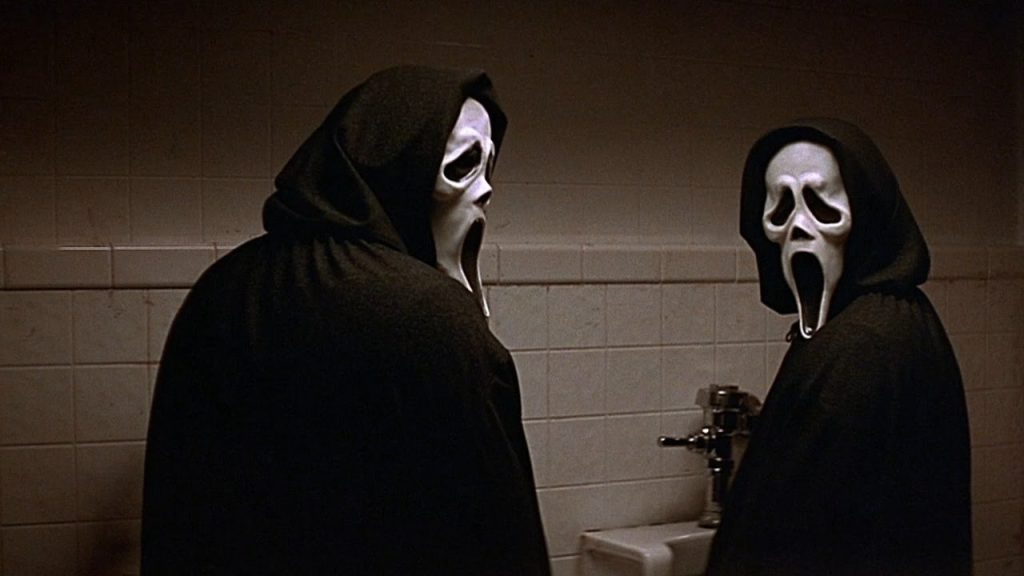
So, What Does Scream 2 Do Best Exactly?
So now, after looking at all these entries and all of their greatest qualities, what does Scream 2 have that none of the others do? What must I concede to Scream 2?
Really great character development.
Film is a medium of spectacle most of the time, and this is reflected in how we critique and compliment them. It affects how we look back on them, sometimes treating them more harshly than they deserve because they don’t have that visual flash. But for every ounce of spectacle Scream 2 lacks, I have to admit, it does an incredible job of developing Sidney Prescott as a character.
On a rare rewatch, it’s clear Neve Campbell is carrying the entirety of Scream 2 on her back just because of how compelling she makes Sidney. Watching her slowly fight against a tide of paranoia, fear, and distrust of the people around her once more, watching her be plunged back into the nightmare, is undeniably effective.
It’s also where Dewey and Gale are really cemented as a couple, and where the seeds of them always returning to each other are planted. Going from a mutual simmering disrespect to an affectionate couple to inseparable but awkward and in love is just classic; two people who complete each other in how different they are, but are inevitably pulled back and forth by those differences, their bond is one of the major highlights throughout the series.
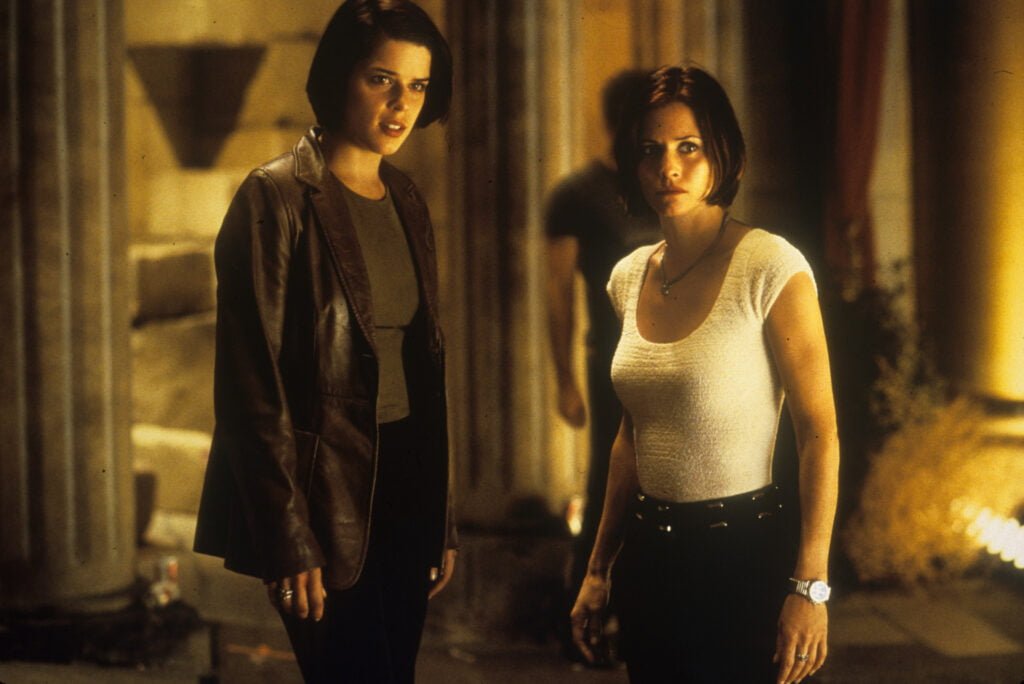
Maybe All the Scream Films Are Just Good?
These three characters are the heart of the series, long after they’ve been written out. I talk a big game about how Scream 3 is the perfect ending for the franchise, but I like to gloss over the fact that Scream 2 does a lot of the legwork when it comes to developing the characters of Dewey, Gale, and especially Sidney.
Without 2, 3 just isn’t that effective when it comes to giving Sidney her long deserved peace. Without 2, the way we see Sidney’s return in 4 & 5 doesn’t hit as hard. All of the Scream movies owe something to Scream 2 in the same way they owe something to the original Scream. I think I’ve come to a new point of view when it comes to the Scream franchise: maybe there is no bad entry. Maybe none of them have to be the worst. Each one interlinks with the others in their own unique way.
And even though I doubt I will ever really love Scream 2, it has an undeniable strength in its character writing that permeates throughout the whole franchise. And that at the very least keeps it from being the worst Scream film.
Editorials
The Halloween Franchise Peaked With H20 Here’s Why
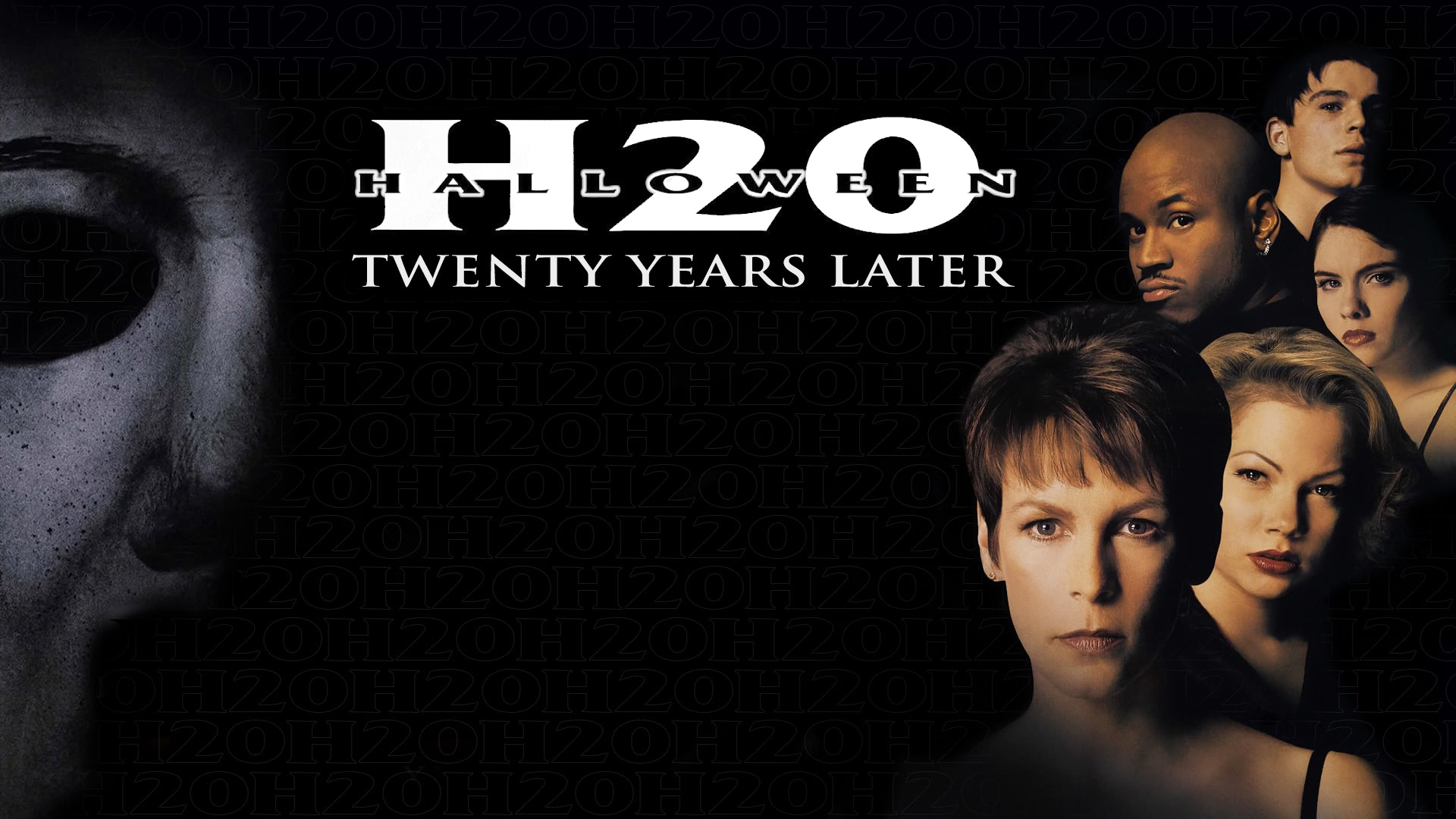
I’m going to begin this conversation with a sort of insane thought. Halloween as a franchise maybe should have ended with its first film.
That’s not to say there’s no value in the Halloween films. Much to the contrary, I like the first three films a lot. I recommend Halloween 3: Season of the Witch to people an annoying amount; I even try to watch it a few times every October to keep the vibes up. And as you already know from clicking on this article, I enjoy Halloween H20: 20 Years Later quite a bit.
I’ve even softened up on the Rob Zombie remake duology over the years. I don’t like them, but it’s like getting flowers, I can still appreciate them. However, Halloween, as a series, has long suffered from its own success. And sometimes, it feels like it’s just going to keep suffering.
HALLOWEEN’S FIRST BOLD CHOICE AFTER 16 YEARS OF WAITING
It’s easy to forget that John Carpenter’s original Halloween was effectively the Paranormal Activity of its time. Flipping a cool $70 million and change off of a $300,000 budget, it has had a genuinely immeasurable impact on the cinematic landscape and how horror films are made.
For some, that’s a bad thing. Notoriously, my beloved 3rd entry in the franchise was considered a hard misstep by audiences. Everyone knows the story; the resounding “Where’s Michael?” response to the third entry gunned down Carpenter’s desires to turn Halloween into an anthology series. So, after going into hiding for 5 years, Halloween 4 continued the story of Michael in 1988.
And then it just kept going.
As the years went on, it became progressively harder and harder to innovate, resulting in some very odd plotlines and tones. Which is why Halloween H20 is where the franchise peaked. Because it had a rare essence to it. It had guts.
It was willing to actually kill the series once and for all, even if it was impossible to do so.
EVIL DOESN’T DIE TONIGHT, THE CONTRACT SAYS SO
Before David Gordon Green’s reboot trilogy brought Laurie back as a Sarah Connor style badass, H20’s pre-production had reinvented Strode to usher in the 20th anniversary of the first film. She went from a resilient young woman into a traumatized survivor running from her past.
The original concept for Halloween H20 involved a substance abusing Laurie Strode trying to get clean so she could die with dignity against an escaped Michael. In a turn of events, she would find the will to live and kill him once and for all. It was a concept Jamie Lee Curtis was passionate about, understandably so. Laurie wasn’t the first final girl, but she was the codifier for that ideal, in a way Jess Bradford and Sally Hardesty before her weren’t. It would have made for a harrowing exploration of what was debatably the most important final girl ever.
That isn’t what happened.
There is an infamous video from a Q&A panel with Jamie Lee Curtis where she explains that the blame for Michael surviving H20 lies primarily with one man: the late great Moustapha Akkad. Akkad was famous for his business acumen, but that desire to see the Halloween franchise make bankroll had ultimately stolen away Laurie’s triumphant victory over Michael.
You see, Akkad had written a clause into the contracts surrounding the film. A clause that she could not, in no uncertain terms, kill Michael Myers. Michael would live, no matter what Laurie did. But thanks to the meddling mind of Scream creator Kevin Williamson, who had been brought on to work on the screenplay for H20, Laurie did get her vengeance in a way.
LAURIE STRODES RETURN DONE RIGHT
The actual H20 follows Laurie Strode in hiding years after Halloween 2, ignoring the events of the sequels. She’s the headmistress of a boarding school, living under a fake name far from Haddonfield with her son. But still, she can’t let go of that Halloween night. She sees Michael’s face, The Shape, everywhere. She can barely stomach talking about what happened. But when Michael kills Dr. Loomis, nurse Marion Chambers, and then finds her, Laurie is forced to face her greatest fear once and for all.
And she does. After a prolonged chase and fight on the grounds of the school, she refuses to let a wounded Michael be taken into custody. Stealing a cop’s gun and an ambulance, Laurie runs Michael off a cliff and pins him against a tree with the vehicle. She shares a brief moment with him, inscrutable eyes reflecting Michael’s. They could be expressing a number of possible emotions. Is it empathy? Hatred? Pity? Fear leaving her for the final time?
Regardless of what it is, she’s done feeling it. With a hefty swing, she decapitates him with a fire axe, ending Michael for the last time. It’s over.
Roll credits. Audience cheers. The world is healing.
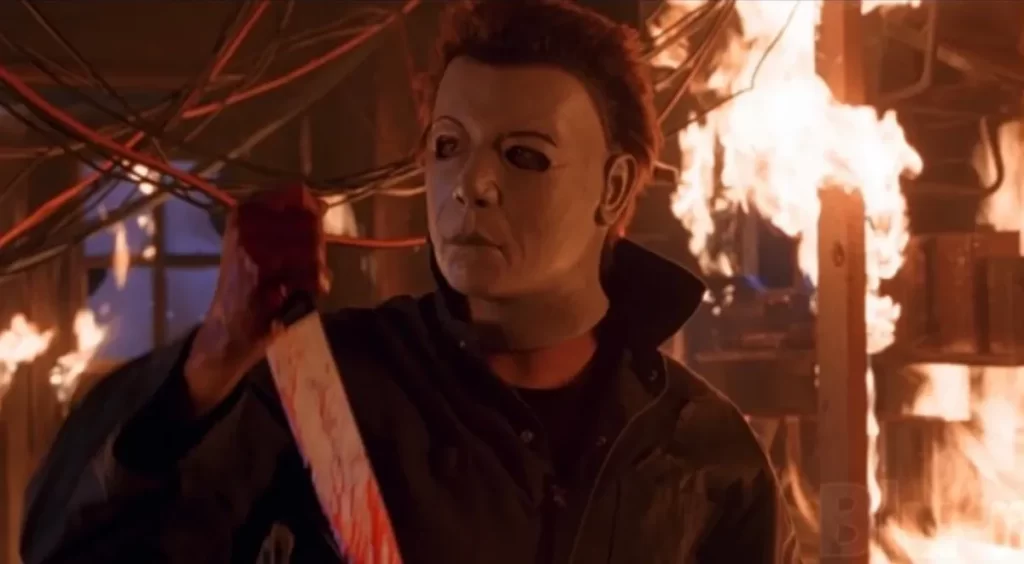
AND THEN HALLOWEEN: RESURRECTION HAPPENS
Yes, and then Halloween: Resurrection happens. Laurie is killed in the first few minutes, revealing that Michael pulled the old bamboozle switcheroonie in the previous film. She had actually just killed an ambulance driver that Michael had put the mask on. Williamson’s trick of making both Laurie and the audience believe they had killed Michael worked. But that same trick curled a finger on the monkey’s paw and led to what is definitively the worst film in the franchise.
A proto-internet streamer subplot. The kid from Smart House is there for some reason. Busta Rhymes hits Michael Myers with the Charlie Murphy front kick from that one Dave Chappelle sketch about Rick James.
Roll credits. The audience boos. Everyone who spent money on it feels like they’re being stamped to death by horses.
HALLOWEEN AS A FRANCHISE IS TERRIFIED OF ENDINGS
And this is why I say that Halloween H20 is probably the best we’re going to get out of the series, maybe ever. It is a series that, at its core, has had producers terrified of endings since even Halloween 2. Carpenter never intended there to be a sequel, or any follow ups for that matter. That was mostly the work of producer Irwin Yablans, who pushed hard to continue the story of Michael. And then, eventually, it was the work of every other producer who demanded they milk Halloween for all its worth.
H20 is a film that is antithetical to that idea. When watched as intended, ignoring Resurrection, it’s fantastic. As the end of Laurie and Michael’s story, one that shows evil is weak without fear to bolster it, it is pretty much the perfect finale. Hot off the heels of Scream’s success in 1996, H20 is often talked about as an attempt to cash in on the meta-horror craze of the 90s and early 2000s. The way people discuss it, you would think it was supposed to be a tongue-in-cheek slasher that made fun of itself and Halloween’s legacy. But in reality, aside from its humor, it ends up being quite reflective and thoughtful of that legacy.
It’s not spiteful of the films that came before it because it ends by tricking the audience. It’s what that trick represents, boldly spitting in the eye of Halloween being held prisoner for money. Mocking Halloween being stuck in an eternal cycle of rinsing and repeating the same events. It doesn’t care about franchising or longevity; it cares about telling a good story and letting its hero rest. It’s respectful to Carpenter’s creation in a way that other attempts to continue the series simply weren’t.
H20 TELLS AN ENDING, HALLOWEEN ENDS TRIES TO SELL YOU ONE
It begs the question: why does H20 work here in how it ends the series, but Halloween Ends doesn’t?
All of Ends biggest issues stem from the fact that, unlike H20, it’s trying to sell you an ending instead of making one that feels right. The maudlin closer it gives doesn’t feel real. It doesn’t feel true to the Laurie it shows us, or any other iteration of the character for that matter. It doesn’t feel genuinely emotional in any regard.
And that’s because Ends as a whole doesn’t have the spirit that H20 does. Ends is, first and foremost, a highlight reel reminding you of how cool Halloween is instead of understanding why any of its previous entries were effective. From its marketing to its incredibly clunky climax, it feels like it’s an advertisement for never letting go of Halloween, even when it should have been done a while ago. And that’s just the wrong lesson to leave on.
JANET LEIGH’S CAMEO IN H20 SPEAKS VOLUMES
Halloween H20 has a pretty famous cameo from Janet Leigh in it, an OG scream queen and the real-life mother of Jamie Lee Curtis. In it, they have a heart-to-heart as fictional characters Laurie Strode and Norma Watson. It’s made more impactful when you realize it was Leigh’s penultimate film performance, and her final performance in a horror film.
The moment serves as a cute in-joke on their real-life relationship, but more than that, it foreshadows the film’s ending. Norma urges Laurie to move past her fear, to relish her future as a survivor instead of being caught up in the past and reliving the same night over and over again.
I find this scene even more poignant now, seeing how neatly it reflects on what has happened to Halloween as a franchise in the years since the original, and especially since H20. It’s a series that got stuck in trying to continue the same story and just got progressively worse at it. In some way, it feels like it’s urging us to make a choice. No matter how deep a legacy of fear may be, it must come to an end at some point. There is no need to cling to the same stories over and over. We can enjoy them for what they are without returning to them.
No matter what the future of the Halloween franchise is, only a viewer themselves can choose where the story ends. It doesn’t matter how many times the studio brings him back, you have to make the choice. Only you decide when it ends. And for my money, H20 is the best ending you can ask for.























